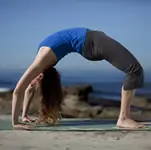
Backbends are an integral part of any yoga practice. The intention for backbends is to open the chest and rib cage in preparation for pranayama (breathwork). For some, backbends are exhilarating and freeing while for others, they can be somewhat daunting and anxiety-producing.
More: Kaki Mudra: Yoga for Longevity
For the first few years of my yoga practice, I would experience back pain in most back bending postures and assumed that it was a 'normal sensation'. The truth is, if done correctly, backbends should be challenging but comfortable. If you are not experiencing freedom in your backbends, it's a sign that you may be compressing your lumbar spine instead of increasing your range of motion.
More: How Yoga Can Help Your Lower Back
Is It Safe for my Spine?
When done correctly, backbends help increase extension of the spine, a normal movement that is based on the anatomical structure of the lumbar vertebrae. There are approximately 55 degrees of extension available in the lumbar spine in most humans. As you move up the spine, extension is more limited due to the shape of the thoracic vertebrae.In optimal alignment, the lumbar spine should rest in a slight arch (lumbar lordosis), to properly carry the body weight and prevent low back issues. When you lose the normal curve due to poor posture or frequent forward bending, there is an increased risk of low back pain, disc injuries and muscle spasm.
More: 3 Stretches to Do for Back Pain
With all this in mind, it is important to increase the extension in your spine in order to maintain back health, mobility and combat the constant effects of gravity that pull us forward. In addition, backbends help increase lung capacity, prevent arthritis, alleviate depression, build stamina and energy, as well as improve circulation, digestion and immune function. Backbends are said to help you move from the past into the present, and to help you open your heart and let go of fear.
Backbends are safe for most individuals (contraindicated for those with spinal stenosis or spondylolisthesis). Make sure your body is warmed up appropriately and pay close attention to your alignment. The beauty of yoga is that detailed instructions can be given to help one attain ideal alignment so a greater sense of opening is experienced. When you have pain in a backbend, it's because something is breaking down in your execution of the pose. Discomfort is an opportunity for you to practice more awareness and find a new, pain-free way to work in the posture.
More: 3 Steps to Do Cobra Pose
- 1
- of
- 2
About the Author

Get ACTIVE on the Go


Couch to 5K®
The best way to get new runners off the couch and across the finish line of their first 5K.
Available for iOS | Android


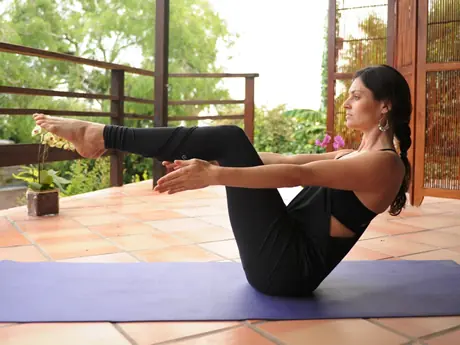
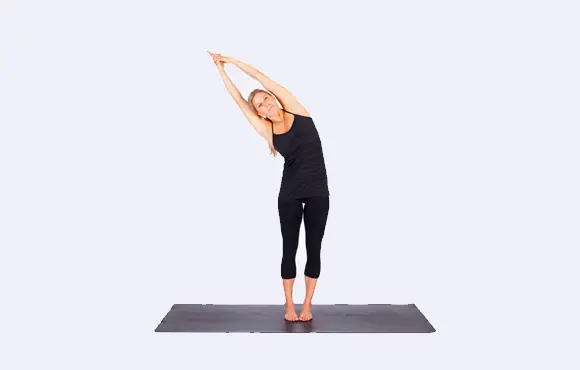
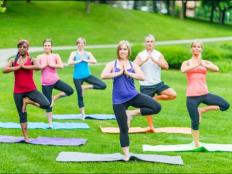
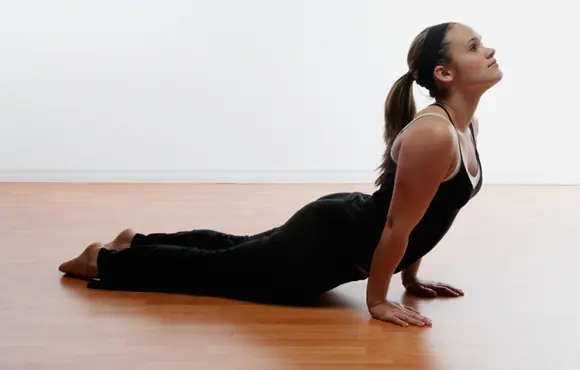
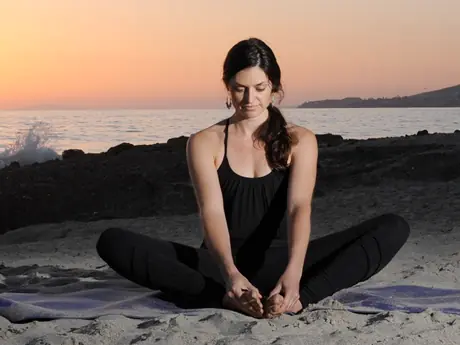
Discuss This Article